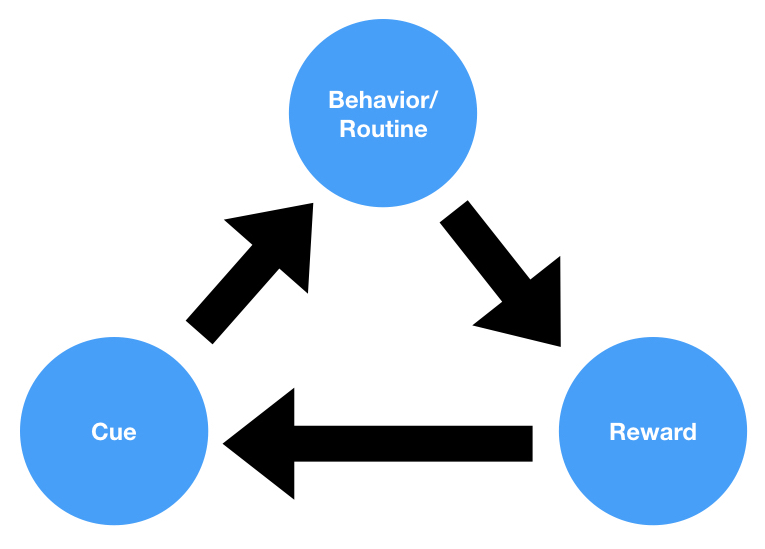What is Repeated Measures Design?
Repeated measures design, also known as within-subjects design, is a research method used in experimental and quasi-experimental studies where the same participants are exposed to multiple levels or conditions of the independent variable. By measuring the participants’ responses to each condition, researchers can assess the effects of the independent variable on the dependent variable while controlling for individual differences. Repeated measures designs are often used to examine changes in behavior, attitudes, or performance over time or in response to different stimuli or interventions.
Examples of Repeated Measures Design
-
Longitudinal Studies
In a study examining the impact of aging on cognitive abilities, participants could be tested at multiple time points (e.g., at age 30, 40, and 50) using standardized cognitive tests. Researchers could then analyze changes in cognitive performance over time within the same individuals.
-
Treatment Efficacy
When studying the effectiveness of a new therapy for anxiety, researchers could measure participants’ anxiety levels before the intervention, immediately after the intervention, and at several follow-up time points. This allows the researchers to evaluate the short-term and long-term effects of the therapy within the same individuals.
-
Learning and Memory
In a study investigating the impact of different study techniques on memory retention, participants could be exposed to multiple study techniques (e.g., self-testing, spaced repetition, and elaborative interrogation) and their memory performance tested after each technique. By comparing the results within the same individuals, researchers can identify the most effective study techniques for memory retention.
Shortcomings and Criticisms of Repeated Measures Design
-
Order Effects
Participants’ responses to later conditions or measurements may be influenced by their experiences in earlier conditions, potentially confounding the results. Counterbalancing and randomization techniques can help mitigate these order effects.
-
Carryover Effects
Previous exposure to a treatment or condition may influence participants’ responses to subsequent conditions, making it difficult to disentangle the effects of different treatments or conditions. Researchers must carefully design their studies to minimize carryover effects.
-
Attrition
Repeated measures designs often require multiple testing sessions, increasing the likelihood of participant dropout. This attrition can introduce bias and reduce the generalizability of the study findings.
-
Demand Characteristics
When participants are aware that they are being tested repeatedly, they may consciously or unconsciously change their behavior to meet the perceived expectations of the researchers, which can confound the results. Blinding and deception techniques can help minimize demand characteristics.




